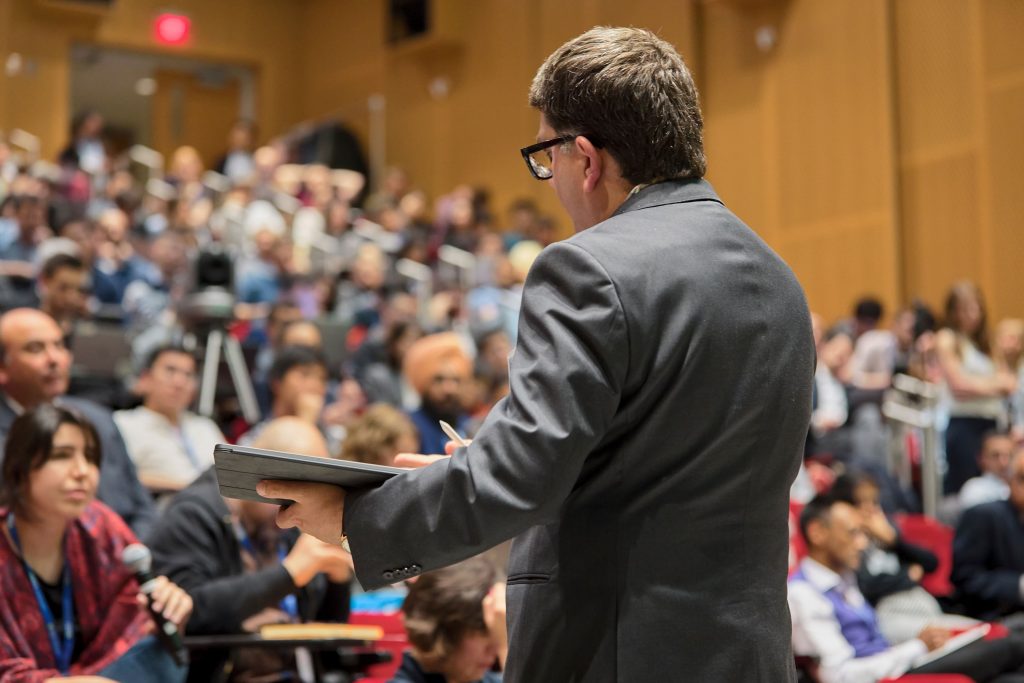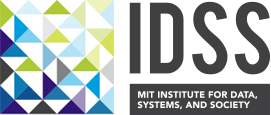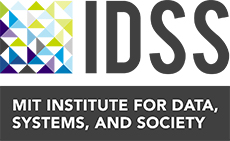
IDSS hosts inaugural ‘Learning for Dynamics and Control’ conference
Over the next decade, the biggest generator of data is expected to be devices which sense and control the physical world. From autonomy to robotics to smart cities, this data explosion — paired with advances in machine learning — creates new possibilities for designing and optimizing technological systems that use their own real-time generated data to make decisions.
To address the many scientific questions and application challenges posed by the real-time physical processes of these ‘dynamical’ systems, researchers from MIT and elsewhere organized a new annual conference called ‘Learning for Dynamics and Control.’ Dubbed L4DC, the inaugural conference was hosted at MIT by the Institute for Data, Systems, and Society (IDSS).
As excitement has built around machine learning and autonomy, there is an increasing need to consider both the data that physical systems produce and feedback these systems receive, especially from their interactions with humans. That extends into the domains of data science, control theory, decision theory, and optimization.
“We decided to launch L4DC because we felt the need to bring together the communities of machine learning, robotics, and systems and control theory,” said IDSS Associate Director Ali Jadbabaie, a conference co-organizer and professor for IDSS, Civil and Environmental Engineering (CEE), and the Laboratory for Information and Decision Systems (LIDS).
“The goal was to bring together these researchers because they all converged on a very similar set of research problems and challenges,” added co-organizer Ben Recht of UC Berkeley in opening remarks.
Over the two days of the conference, talks covered core topics from the foundations of learning of dynamics models, data-driven optimization for dynamical models and optimization for machine learning, reinforcement learning for physical systems, and reinforcement learning for both dynamical and control systems. Talks also featured examples of applications in fields like robotics, autonomy, and transportation systems.
“How could self-driving cars change urban systems?” asked Cathy Wu, an assistant professor in CEE, IDSS, and LIDS, in a talk that investigated how transportation and urban systems may change over the next few decades. Only a small percentage of autonomous vehicles are needed to significantly affect traffic systems, Wu argued, which will in turn affect other urban systems. “Distribution learning provides us with an understanding for integrating autonomy into urban systems,” said Wu.
Claire Tomlin of UC Berkeley presented on integrating learning into control in the context of safety in robotics. Tomlin’s team integrates learning mechanisms that help robots adapt to sudden changes, such as a gust of wind, an unexpected human behavior, or an unknown environment. “We’ve been working on a number of mechanisms for doing this computation in real time,” Tomlin said.
Pablo Parillo, a professor in Electrical Engineering and Computer Science and faculty member of both IDSS and LIDS, was also a conference organizer, along with George Pappas of the University of Pennsylvania and Melanie Zellinger of ETH Zurich.
L4DC was sponsored by the National Science Foundation, the Air Force Office of Scientific Research, the Office of Naval Research, and the Army Research Office, a part of the Combat Capabilities Development Command Army Research Laboratory (CCDC ARL).
“The cutting-edge combination of classical control with recent advances in artificial intelligence and machine learning will have significant and broad potential impact on Army multi-domain operations, and include a variety of systems that will incorporate autonomy, decision making and reasoning, networking, and human-machine collaboration,” said Dr. Brian Sadler, senior scientist for intelligent systems, U.S. Army CCDC ARL.
Organizers plan to make L4DC a recurring conference, hosted at different institutions. “Everyone we invited to speak accepted,” Jadbabaie said. “The largest room in Stata was packed until the end of the conference. We take this as a testament to the growing interest in this area, and hope to grow and expand the conference further in the coming years.”
A version of this story was also published by MIT News.



